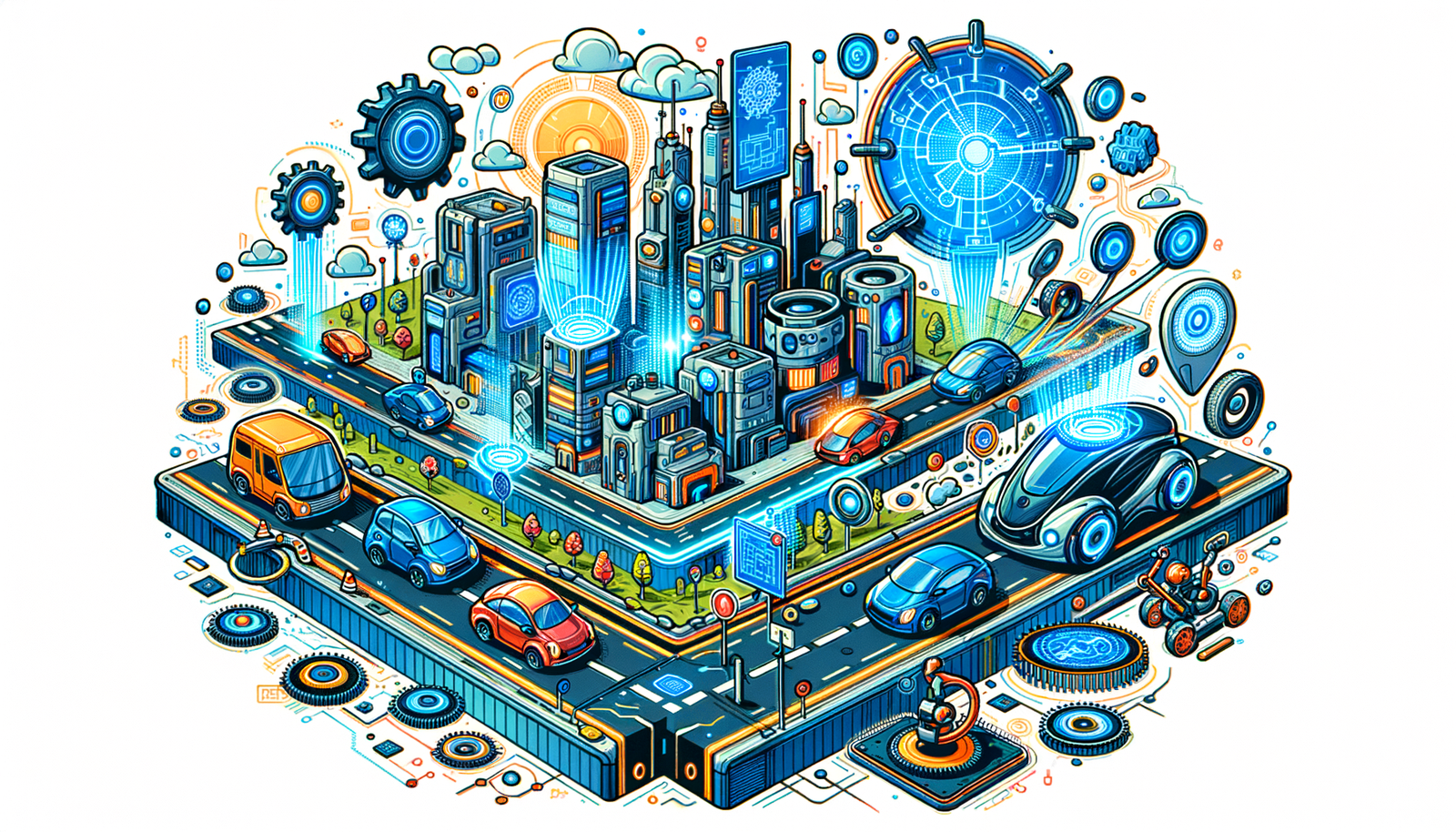Your Cart is Empty
Customer Testimonials
-
"Great customer service. The folks at Novedge were super helpful in navigating a somewhat complicated order including software upgrades and serial numbers in various stages of inactivity. They were friendly and helpful throughout the process.."
Ruben Ruckmark
"Quick & very helpful. We have been using Novedge for years and are very happy with their quick service when we need to make a purchase and excellent support resolving any issues."
Will Woodson
"Scott is the best. He reminds me about subscriptions dates, guides me in the correct direction for updates. He always responds promptly to me. He is literally the reason I continue to work with Novedge and will do so in the future."
Edward Mchugh
"Calvin Lok is “the man”. After my purchase of Sketchup 2021, he called me and provided step-by-step instructions to ease me through difficulties I was having with the setup of my new software."
Mike Borzage
V-Ray Tip: Mastering Global Illumination in V-Ray: Tips for Photorealistic Renders
June 15, 2024 2 min read

Global Illumination (GI) in V-Ray is a powerful feature that simulates the complex way light interacts with surfaces. Enhancing your renders with GI can make the difference between an average image and a photorealistic masterpiece. Here are some tips to master Global Illumination in V-Ray:
- Choose the Right GI Engine: V-Ray offers several GI engines, such as the Irradiance Map and Light Cache. Use the Irradiance Map for primary bounces to quickly approximate the global illumination and the Light Cache for secondary bounces to add detail to the light calculations.
- Balance Quality with Performance: Adjust the GI settings to find the right balance between render quality and speed. Lower settings can significantly reduce render times for test renders, while higher settings should be reserved for your final output.
- Use Brute Force for Simplicity: The Brute Force engine is simpler to configure and can deliver more accurate results in scenes with complex lighting, at the cost of longer render times. Consider using it when quality is more important than render speed.
- Combine GI with HDRI: Enhance your GI with High Dynamic Range Images (HDRI) for realistic environmental lighting. HDRI can provide complex lighting and reflections with a single image, making it a perfect companion for GI.
- Optimize GI for Animations: When rendering animations, consistency between frames is key. Use the Light Cache mode's "Single Frame" option for animations to ensure that the GI remains consistent across all frames.
- Exclude Small Details from GI: To save on processing time, consider excluding small detail objects from GI calculations. They often contribute little to the overall GI effect and can be illuminated sufficiently through direct lighting.
- Use the GI Skylight Option: For scenes with ambient lighting, enable the Skylight option in the GI settings. This can simulate the sky's natural illumination and works well with the V-Ray Sun and Sky system for outdoor scenes.
- Consider Using Portals in Interior Scenes: Placing V-Ray Light Portals in windows and openings can help guide the GI into interior spaces, making your indoor lighting more accurate and reducing noise.
- Save and Reuse GI Maps: When possible, precalculate GI maps and save them for reuse in still renders. This avoids unnecessary recalculations and speeds up your workflow.
- Adjust the Color Mapping: After enabling GI, fine-tune your render's overall brightness and contrast with V-Ray's Color Mapping options to achieve the desired final look.
For a comprehensive selection of V-Ray products and plugins, remember to visit NOVEDGE, the leading online software store for design professionals. From here, you can find various tools to enhance your rendering workflow in V-Ray.
You can find all the V-Ray products on the NOVEDGE web site at this page.
Also in Design News

Driving the Future: AI-Enhanced CAD for Automated Design Optimization
May 09, 2025 8 min read
Read More
ZBrush Tip: Maximize Your ZBrush Workflow with Advanced PolyPaint Techniques
May 09, 2025 2 min read
Read MoreSubscribe
Sign up to get the latest on sales, new releases and more …



